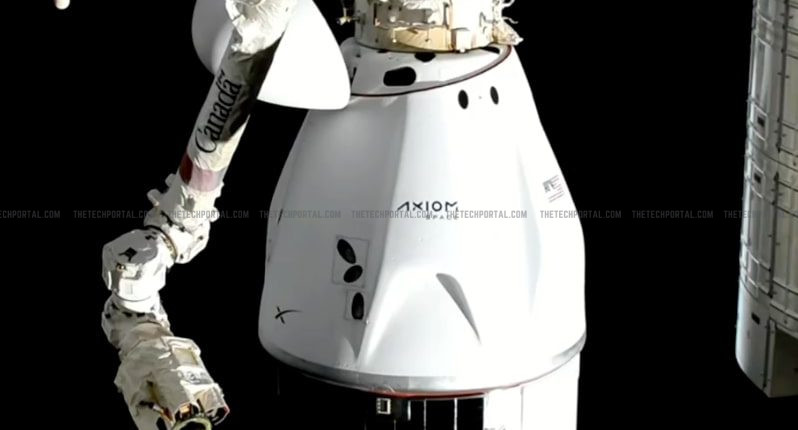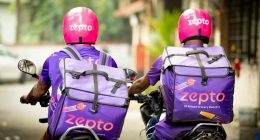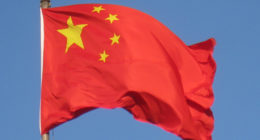The Axiom-4 (aka ‘Ax-4’) crew undocked from the International Space Station (ISS) at 4:35 pm IST (7:05 am EDT) on July 14. They are aboard SpaceX’s Crew Dragon capsule named ‘Grace’, which is expected to splash down in the Pacific Ocean off the coast of Southern California on July 15, around 3 pm IST (5:31 am EDT). The crew consists of four astronauts – Shubhanshu Shukla from India, Peggy Whitson from the United States, Slawosz Uznanski-Wiśniewski from Poland, and Tibor Kapu from Hungary.
After undocking, the Crew Dragon capsule Grace began its gradual descent to Earth, performing a series of controlled manoeuvres as it moved away from the ISS. Over the next 22 to 23 hours, it will lower its orbit in preparation for re-entry. And as mentioned earlier, splashdown is planned off the coast of Southern California, where SpaceX recovery teams will retrieve the capsule and assist the crew.
The Axiom-4 mission launched on June 25 from NASA’s Kennedy Space Center in Florida, using a SpaceX Falcon 9 rocket. The mission (which lasted 18 days on the space station) was carried out under Axiom Space’s private spaceflight program in partnership with NASA and SpaceX. The Crew Dragon capsule, Grace, docked with the ISS on June 26, beginning a stay of over two weeks on board the orbital laboratory. The crew joined the existing Expedition 71 astronauts, contributing to ongoing scientific operations and conducting their own series of dedicated experiments.
Notably, Ax-4 was part of Axiom Space’s broader plan to expand private space travel and build the world’s first commercial space station. The company aims to begin attaching its own modules to the International Space Station in 2026, with plans to later separate them to form an independent station called Axiom Station by the end of the decade. It was the fourth crewed mission organized by the company and marked a significant milestone, as it was the first time astronauts from India, Poland, and Hungary took part in a privately arranged space mission supported by their national governments.
During this latest mission, the Axiom-4 astronauts completed more than 60 scientific experiments. These experiments covered a wide range of topics, like the growth of microalgae in microgravity, mental health and human performance in space, behaviour of clothing fibers in zero gravity, space agriculture, and the use of wearable health monitoring technology. Even several of these experiments had direct involvement from Indian institutions and startups, including contributions from the Indian Space Research Organisation (ISRO) and private biotech firms. The data collected during these studies will support future missions (like Gaganyaan) in space as well as medical and technological applications on Earth.
On India’s part, the mission is especially noteworthy, as the country last sent a citizen into space in 1984 aboard a Soviet mission. Indian astronaut Shubhanshu Shukla became the second Indian to travel to space after Rakesh Sharma.
The Tech Portal is published by Blue Box Media Private Limited. Our investors have no influence over our reporting. Read our full Ownership and Funding Disclosure →






